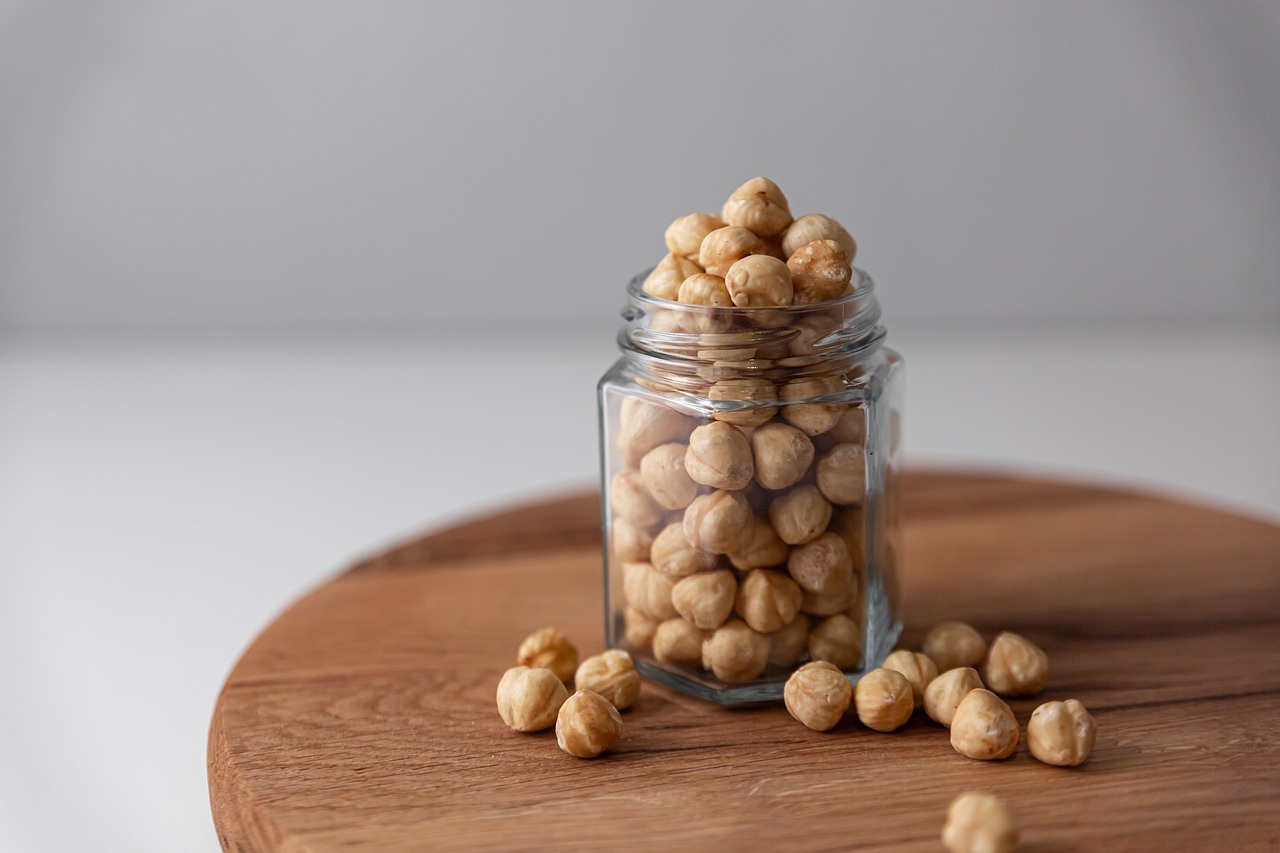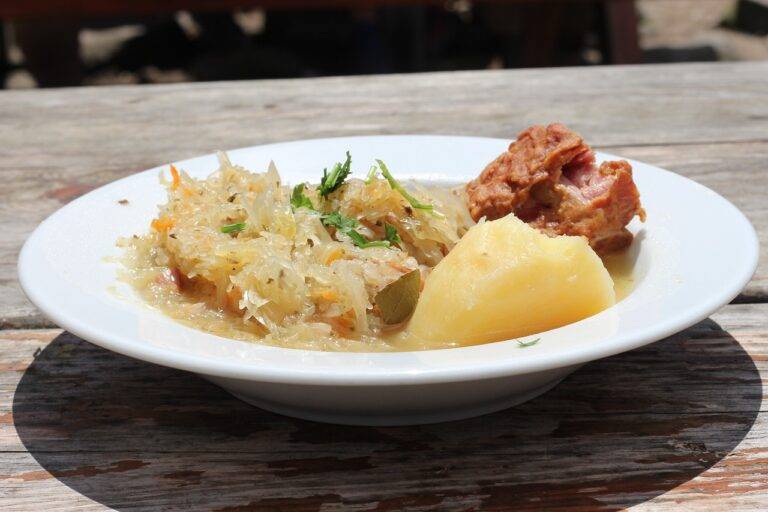The Art of Food Fermentation: Unlocking the Complex Flavors of Fermented Foods.
Fermentation, a process that dates back thousands of years, has played a crucial role in the preservation and transformation of food. Ancient civilizations, such as the Egyptians, Greeks, and Chinese, utilized fermentation as a method to create flavorful and long-lasting food products. This traditional practice was not only practical for sustaining communities during times of scarcity but also contributed to the development of unique culinary traditions that have endured through generations.
In Europe, the fermentation process was widespread during the Middle Ages, where monks and farmers commonly fermented dairy products, vegetables, and fruits. The production of beer, mead, and wine also thrived during this period, with fermentation techniques being passed down within monasteries and households. The knowledge and skills surrounding food fermentation continued to evolve over time, leading to the creation of diverse fermented foods and beverages enjoyed across different cultures worldwide.
The Science Behind Fermentation
Fermentation is a natural process that occurs when microorganisms, such as bacteria, yeast, or mold, break down sugars in food. This results in the production of compounds like alcohol, acids, or gases which give fermented foods their characteristic flavors and textures. These microorganisms use different pathways to metabolize sugars, creating a wide variety of products depending on the type of fermentation taking place.
The science behind fermentation involves understanding how these microorganisms interact with food substances to produce fermented products. Factors such as temperature, pH levels, oxygen availability, and the presence of other microorganisms can influence the fermentation process and the final characteristics of the product. Scientists study these variables to optimize fermentation conditions for specific food products, ensuring consistency in quality and safety.
What is food fermentation?
Food fermentation is the process in which microorganisms, such as bacteria, yeast, or mold, break down sugars and other organic molecules in food to produce different compounds, such as acids or alcohol.
How does fermentation work?
During fermentation, microorganisms consume sugars in the food and produce different byproducts, like lactic acid or carbon dioxide. This process helps to preserve the food and develop unique flavors.
What are some common foods that are fermented?
Some common foods that are fermented include yogurt, cheese, sauerkraut, kimchi, kombucha, beer, wine, and bread.
Is fermentation safe?
Yes, fermentation is a safe and natural process that has been used for thousands of years to preserve food. However, it’s important to follow proper fermentation techniques to prevent harmful bacteria from growing.
What are the health benefits of fermented foods?
Fermented foods are rich in probiotics, which are beneficial bacteria that can improve gut health and digestion. They can also enhance the bioavailability of certain nutrients in food.
How long does the fermentation process take?
The fermentation process can vary depending on the type of food and the specific microorganisms involved. Some foods may ferment in a few days, while others may take weeks or even months.





